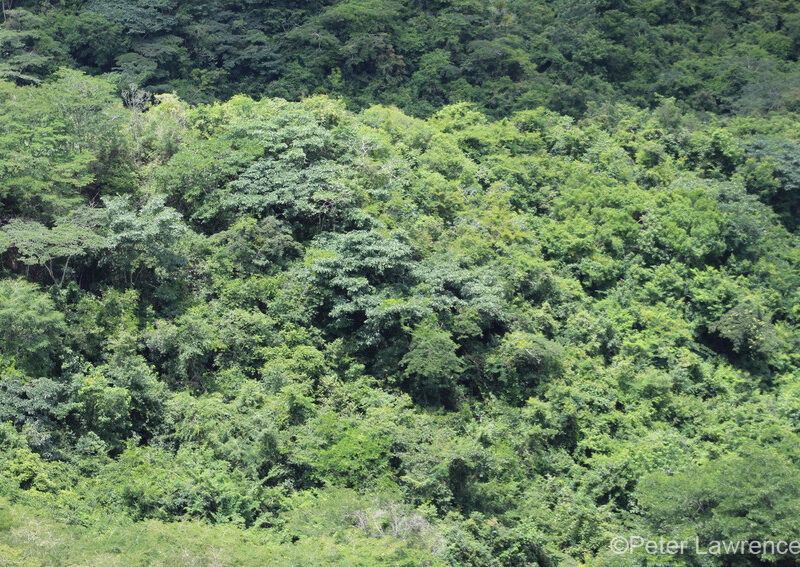Livingstone's Flycatcher
Species Data
Class: Aves
Order: Passeriformes
Family: Scotocercidae
Scientific Name: Erythrocercus livingstonei
IUCN Red List status:Least Concern
Description
The Livingstone’s Flycatcher is found only in south-eastern Africa.
A small flycatcher, 10–12 cm long, this species has a distinctive rufous tail with a broken black subterminal band formed by a single black spot on each tail feather. The underparts are bright yellow to deep golden-yellow, and the upperparts yellowish-green with a sulphur-yellow rump merging into tawny uppertail-coverts, and dark brown upperwing-coverts and remiges fringed with yellowish-green. The nominate race livingstonei has a pale grey forehead to hindneck, lores, and ear-coverts. However, the race found in southern Tanzania, southern Malawi, and northern Mozambique, thomsoni, has a greenish-yellow head and face, whitish lores, and chin, and pale yellow cheeks and throat.
Both sexes look alike, but juveniles can be distinguished by chestnut on the inner greater coverts, a yellower head, and usually no black subterminal band on the tail.
Behaviour
This species is usually found in pairs or small family groups but may also join mixed-species foraging flocks outside of the breeding season. They are highly active birds, moving rapidly and restlessly through the mid to upper canopy foraging for insects, habitually flicking their wings and spreading their tail, pausing every 20-30 minutes to rest and preen.
Their call is a disyllabic “tsi-tsreea” with the second note slurred or descending, and the song consists of 4–6 short warbling notes preceded by short “chup”.
Breeding occurs from December–March. The nest, usually located in thick vegetation up to 5 m from the ground, is ball-shaped with a side entrance, and constructed from leaves and plant material held together with spider webs, making it extremely well camouflaged. The clutch of 2–3 eggs are white with a lilac tint and covered with small red-brown to chestnut spots, and irregular dark marks at the thicker end. Both parents feed the chicks as well as possibly other group members.


Habitat
The Livingstone’s Flycatcher is resident in Southern Tanzania, southern Malawi, southern Zambia, northern and eastern Zimbabwe, and throughout Mozambique.
It occurs from sea-level to 800 m and prefers to inhabit gallery forest, but is also found in damp areas within forest, evergreen miombo woodland, brachystegia and montane woodlands, and thickets in savanna.
Threats and Conservation
Livingstone’s Flycatcher is considered uncommon to locally common throughout their extremely large range, and the population appears to be stable. Therefore, this species is listed as Least Concern by the IUCN.
In Tanzania and starting in 2021, WLT is supporting our partner TFCG’s project to save coastal forests that are a confirmed home for the Livingstone’s Flycatcher.
